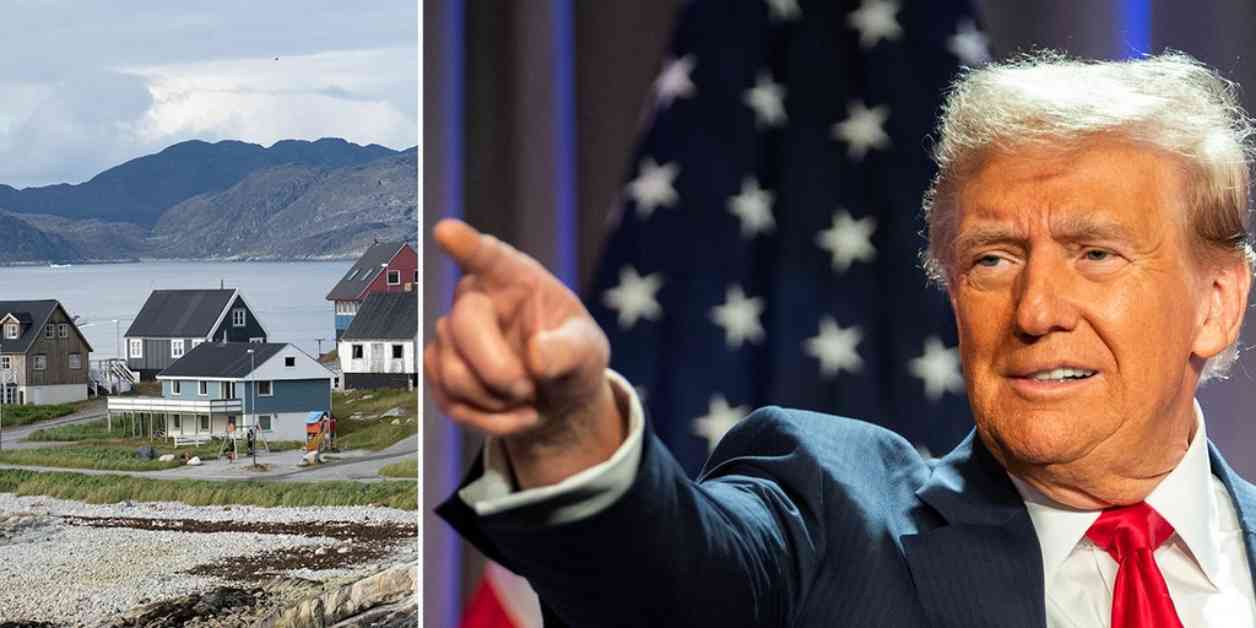The idea of the United States purchasing Greenland has resurfaced in recent years, with President Trump expressing interest during his first term in office. This proposal has sparked debate and curiosity, with some wondering about the strategic implications of such a move.
However, this is not the first time that the United States has considered acquiring Greenland. In fact, the idea was first raised after World War II, when President Harry Truman offered Denmark $100 million for the territory in 1946. Despite this offer, Denmark refused to sell.
Even earlier, in 1945, Senator Owen Brewster referred to Greenland as a “military necessity” that was supported by American military leaders. The Joint Chiefs of Staff believed that the U.S. should aim to purchase the territory, and Secretary of State James Byrnes even made a direct offer to Denmark’s Foreign Minister Gustav Rasmussen.
The history of American interest in Greenland dates back even further, to 1867, when the State Department explored the possibility of buying both Greenland and Iceland due to their strategic importance.
In light of recent discussions about the United States purchasing Greenland, a member of parliament in Denmark has made it clear that the Danish parliament does not intend to offer the territory for sale. According to Rasmus Jarlov, Greenlandic independence would require approval from the Danish parliament and a change to the constitution, making a sale to the United States highly unlikely.
If Denmark were to hypothetically agree to sell Greenland to the United States, it would mark the largest expansion of American territory in history, surpassing even the Louisiana Purchase of 1803.
The idea of the United States buying Greenland continues to be a topic of interest and debate, with its strategic significance and historical context adding depth to the conversation surrounding this proposal.




